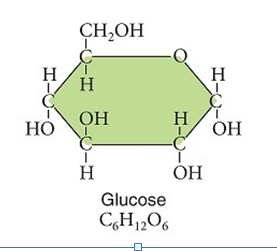What happened in Australia when rabbit hemorrhagic disease virus was released to control the rabbit population?
What will be an ideal response?
Answer: The rabbit hemorrhagic disease virus was released in 1995 by Australian authorities in their second attempt at removing non-native rabbits that were causing widespread environmental destruction, especially on animals and plants native to Australia. The virus spreads only by rabbit-to-rabbit contact, so this was initially thought to be a safe environmental release of a deadly virus that would kill rabbits within a few days of being infected by the RHDV. This was not successful, because a few rabbits had cross-reactive immunity to the released RHDV. This reduced virulence in some small populations of rabbits allowed the pathogen and the host to co-evolve long enough to move towards a host-pathogen balance where both the host and the pathogen coexist.
You might also like to view...
Based on the 1:2:1 proportions of carbon, hydrogen, and oxygen, it can be determined that the glucose molecule is a(n)

Examine this image of the glucose molecule.
A. triglyceride.
B. carbohydrate.
C. polymer.
D. amino acid.
E. disaccharide.
Hepatitis A is transmitted via which one of the following methods?
a) Sexual contact b) Contaminated blood c) The fecal-oral route d) Saliva
Organisms called parasites are
A. free-living. B. the decomposers in ecosystems. C. always classified in the kingdom Monera. D. always viruses. E. always harmful to their host.
Which bones develop by intramembranous ossification?
A. the fingers B. the long bones of the arms C. the long bones of the leg D. the ribs E. the skull